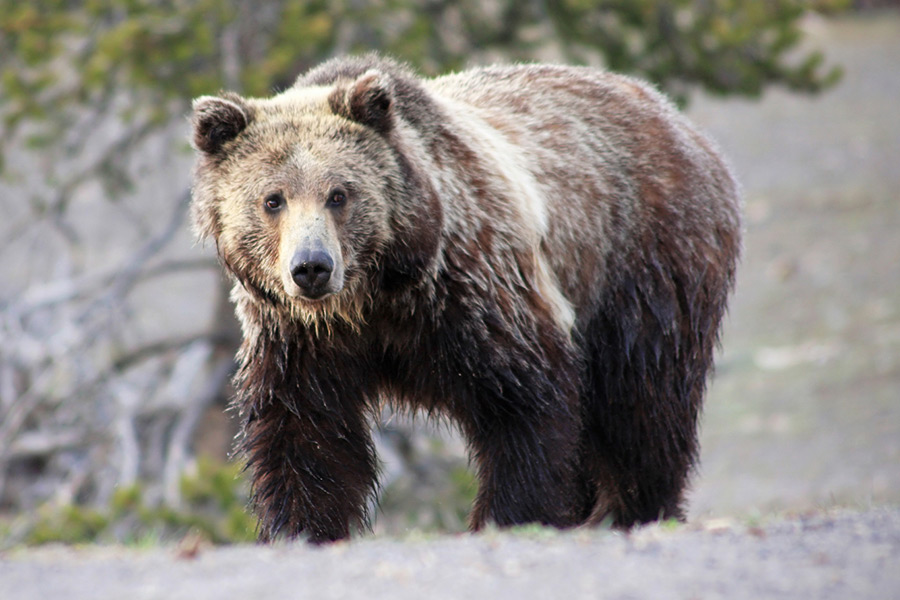BILLINGS — Federal officials are delaying their decision on whether to lift protections for more than 700 grizzly bears in and around Yellowstone National Park and allow hunting, amid opposition from dozens of American Indian tribes and conservation groups.
Officials had planned to finalize the proposal to turn jurisdiction on grizzlies over to state officials in Montana, Idaho and Wyoming by the end of 2016.
But U.S. Fish and Wildlife Service Assistant Regional Director Michael Thabault said it could take the agency another six months to finish reviewing 650,000 public comments that have poured in on the proposal.
Researchers have tallied 106 Yellowstone-area grizzlies killed in the past two years, often by wildlife managers following attacks on livestock and occasionally during run-ins with hunters.
That’s the highest number of deaths in such a short time since the animal was listed as a threatened species in 1975. But Thabault said the death rate was sustainable given that the overall population has greatly expanded from 136 bears when protections were first imposed.
“The bear population has been increasing over time and those mortalities are within the bounds of what we’ve been considering,” he said. “We expect the population to go up and down, but basically revolve around this (current) level.”
Officials in Wyoming, Idaho and Montana have been lobbying heavily to take grizzlies off the threatened species list. They say the animal has recovered from near-extermination last century and limited trophy hunting should be allowed.
Critics argue that hunts sponsored by state wildlife agencies could reverse the grizzly’s four-decade recovery.
Yellowstone Superintendent Dan Wenk raised concerns in November about the way scientists count bears, which could impact how many are made available to hunters.
But in December, Wenk’s superior, National Park Service Associate Regional Director Patrick Walsh, signed off on a Yellowstone grizzly conservation plan that’s required in order for protections to be lifted. The reversal came after the states agreed to use a conservative bear counting method going forward, in part to help prevent excessive hunting.
An estimated 50,000 Grizzlies once roamed much of North America. Most were killed off by hunters in the 19th and early 20th centuries and they now occupy only about 2 percent of their original range across the Lower 48 states.
Through an intensive recovery effort, two large populations have been re-established around Yellowstone and in northwest Montana around Glacier National Park, which has roughly 1,000 bears.
Montana officials say the Glacier-area population is also recovered and should lose its federal protections, but no formal proposal has been offered.
